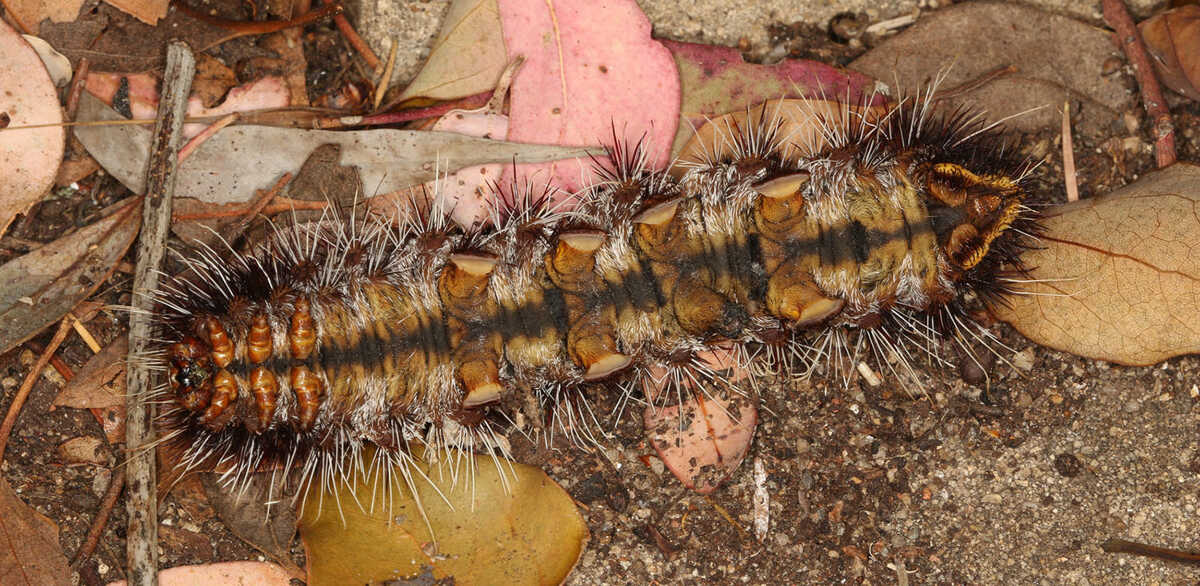There are many little creepy cawllies and some of them can bite or sting people.
In general, with all creepy crawly bites, wearing insect repellent, long sleeved clothing and checking shoes before putting them on are good ways to minimise the risk of being bitten.
The Government Health Direct website lists 6 common signs and symptoms of creepy crawly stings:
1) An intense burning feeling.
2) Redness around the sting site.
3) Pain which generally eases after an hour or so.
4) Swelling around the sting.
5) In cases of allergic reaction, swelling may be more severe and affect a larger part of the body, for example the whole leg or arm may become swollen.
6) Allergic reactions may cause further swelling, pain and in some cases blisters will form.
By comparison, a creepy crawly bite that only leaves a puncture mark on the skin, generally has the following signs and symptoms:
* Skin irritation;
* Inflammation or swelling;
* A bump or blister around the bite mark.
Skin rashes, itching, stinging sensations, and/or swelling are all common. On rare occasions, patients go into Anaphylactic shock.
Management
Itching is a common outcome of creepy crawly stings, but scratching the itch can cause more damage by breaking the skin and opening a wound to infection.
The Australian governement health website recommends the following steps if you are stung by a bee:
* If the stinger is still in the skin, gently try to remove it by scraping it carefully from the side with the edge of a firm object, such as a fingernail or credit card.
(Do not use tweezers to remove the sting; bees leave behind a sac of venom, and if you try to use tweezers you will release more venom from the sac.)
* When you have removed the sting, wash the affected area with soap and water and dry the area gently.
* If the pain is persistent and continues, massage the area around the sting or bite for 10 minutes using an ice-pack. This will only provide temporary pain relief.
The Australian government health website recommends to wash the area with soap and water and apply antiseptic. Cold packs may help with local pain and swelling.
The Australian government health website recommends the following steps if stung by a scorpion or centipede stings:
* Apply an ice pack to the sting or bite site.
* Clean the wound with antiseptic or wash with soap and water to help prevent secondary infection.
* Use a painkiller.
The Australian government health website recommends to take these steps if stung by a caterpillar:
* Remove visible caterpillar hairs with tweezers.
* Apply and remove adhesive tape to the area to remove the finer caterpillar hairs.
* Do not scratch or rub the area, this may cause the hairs to penetrate deeper into the skin.
The Australian governement health website recommends the following steps to relieve itching:
*Try not to scratch the area – keep your nails short to prevent breaking the skin if you do scratch.
* A cool bath or shower may help to soothe the itching – gently pat yourself dry with a clean towel, but do not rub or use the towel to scratch yourself.
* Avoid perfumed skin care products.
* Try to wear loose cotton clothing, which can help prevent you overheating and making the itch worse – avoid fabrics which irritate your skin, like wool or scratchy fabrics.
* An ice pack may relieve the itching but should not be placed directly against the skin – you can make an ice pack by using a bag of frozen peas wrapped in a clean cloth.
* There are medicines available to ease the symptoms of itching – speak to a pharmacist for further advice and to make sure any medicines you take are suitable for you.
* If you are in pain, get advice on medicines from a pharmacist, or from a doctor on medicines you can take.
Here we run through all the other common creepy crawlies found in NSW that bite and sting (information based on articles from the Australian museum).
IDENTIFICATION
Bedbugs are blood feeders and most active at night. Reactions vary from none to severe irritation and localised swelling.
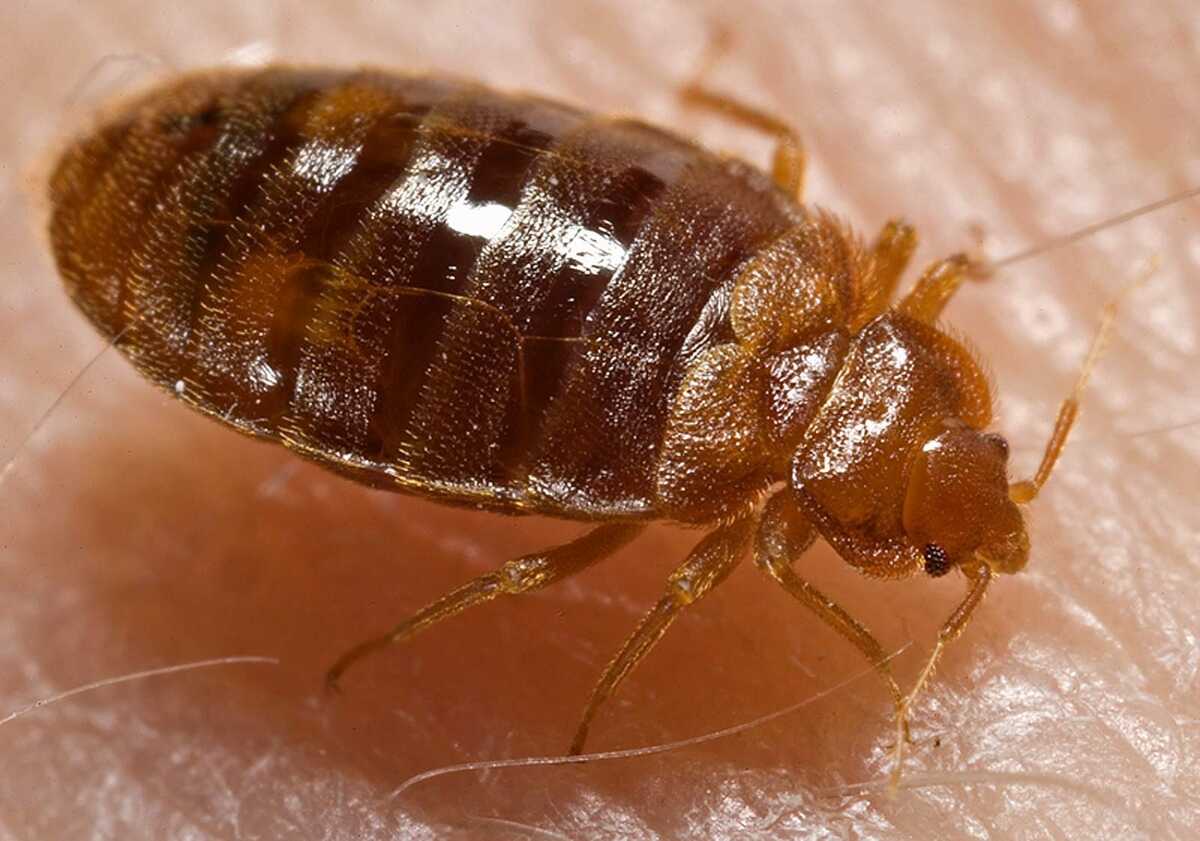
Bees sting as a last resort defence mechanism killing themselves in the process as they drive a barbed stinger into flesh. Bee stings generally cause local pain and swelling, but can cause severe allergic reactions in some cases.
Photo by Dendroica cerulea CC BY-NC-SA
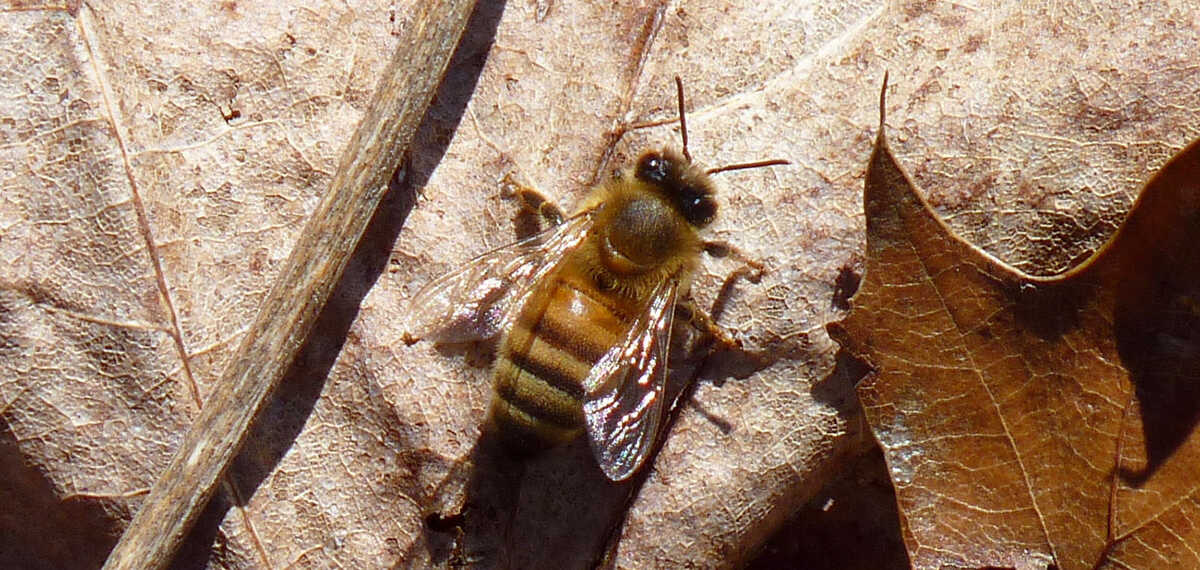
Unlike bees, wasps do not die upon stinging. Stings generally cause local pain and swelling, but can cause severe allergic reactions in some cases.
Photo by epitree CC BY-NC
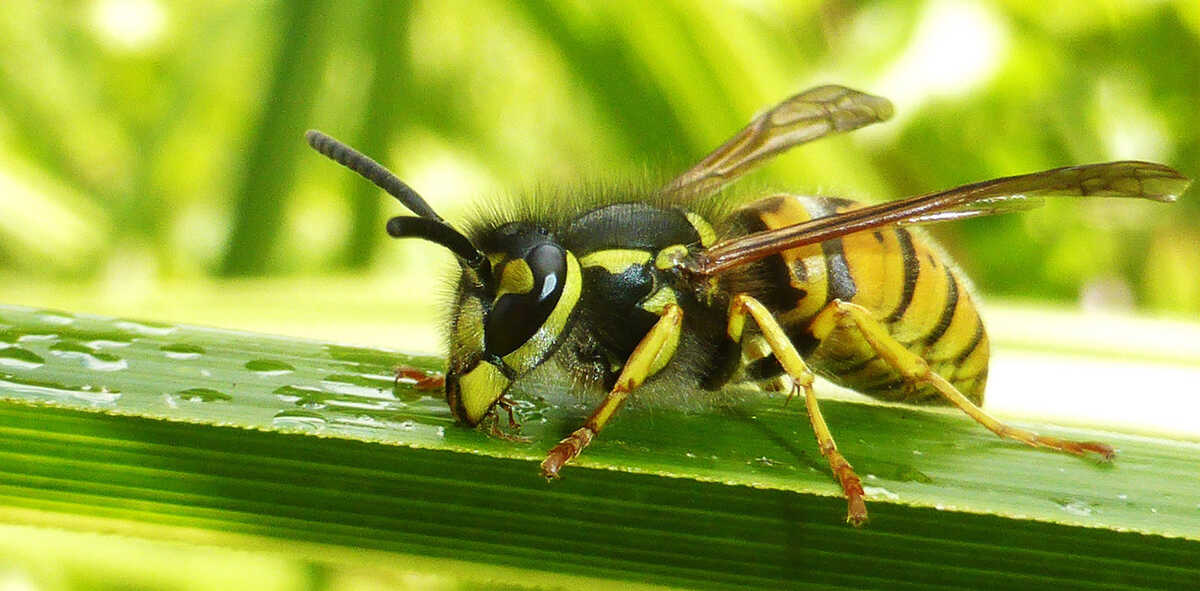
Within Australia, horse flies or March flies (Family Tabanidae) are the most significant biting flies. House flies (Musca domestica) can also cause problems by carrying millions of bacteria in its gut, mouthparts or feet.
Photo by Jacko 999 CC BY-NC-SA
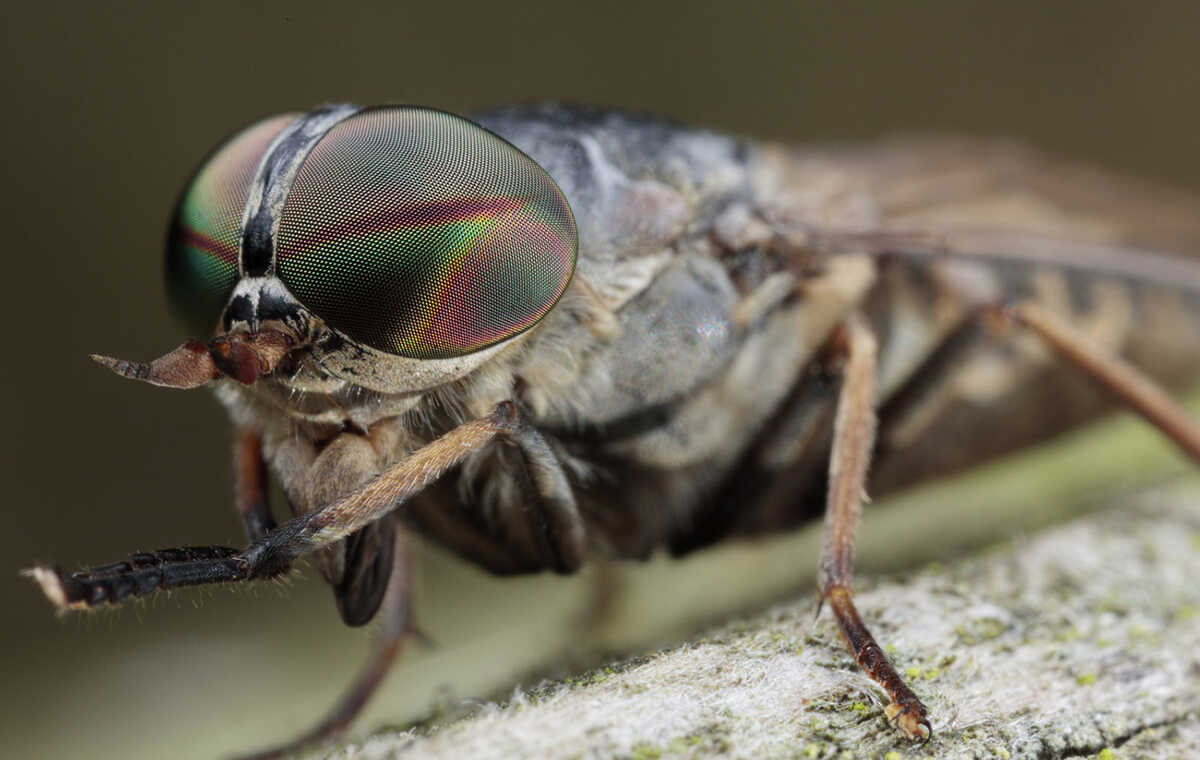
Mosquitoes are blood suckers that carry diseases such as malaria and transfer the disease to humans via salivary glands. Malaria is not a major health problem In Australia, but other mosquito-borne diseases are increasing (e.g. Ross River Virus, Dengue and Murray Valley Encephalitis).
Photo by Ecuador Megadiverso CC BY-NC-SA

Myrmecia (the bull ants and jack-jumpers) and Odontomachus ants are aggressive animals with the potential to inflict painful stings. Ants can pose threats to people with allergic reactions.
Photo by david_a_l CC BY-NC-ND
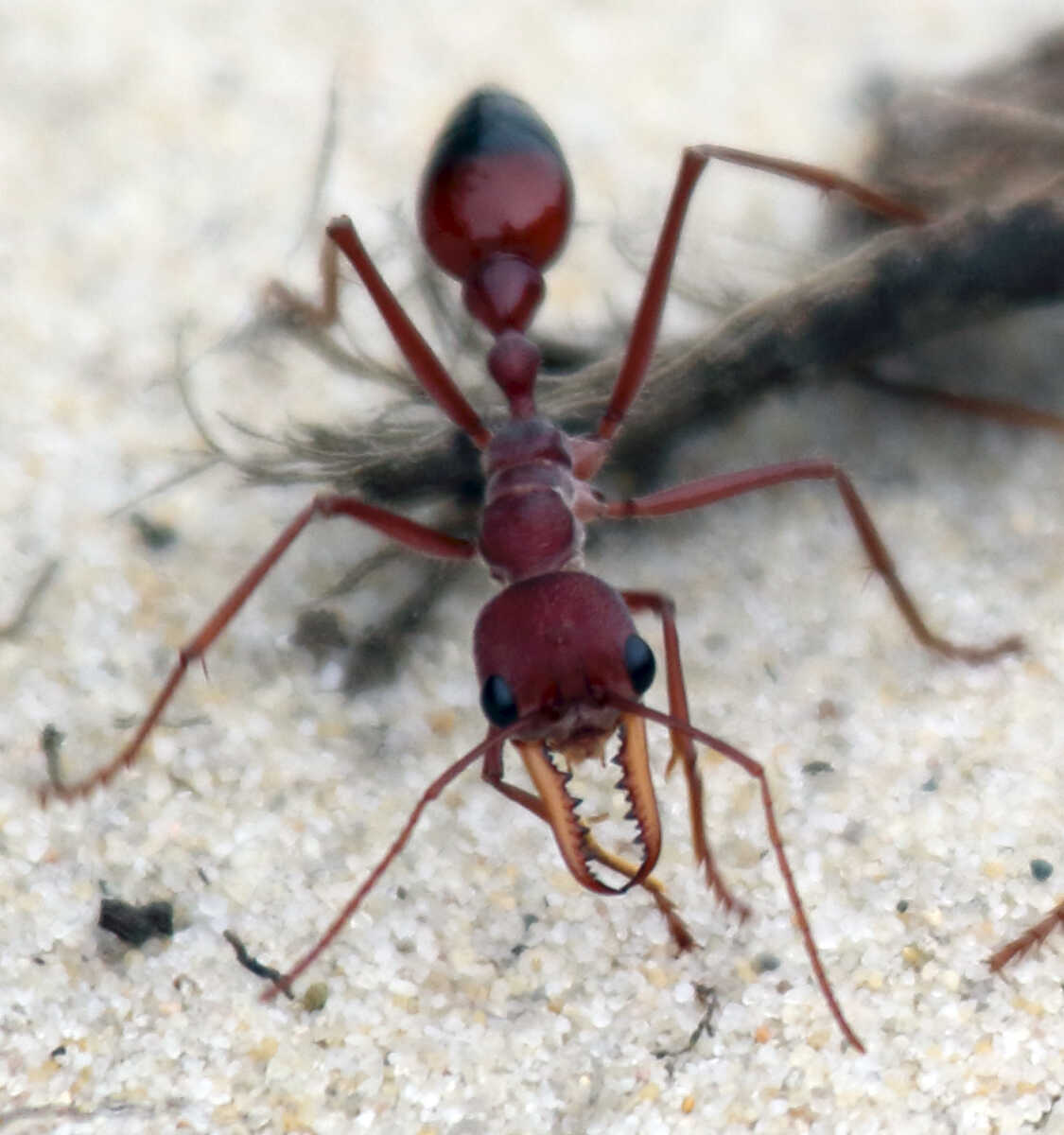
Found under logs, rocks and in shallow burrows in earth banks. Can inflict painful sting.
Photo by antisense CC BY-NC-SA
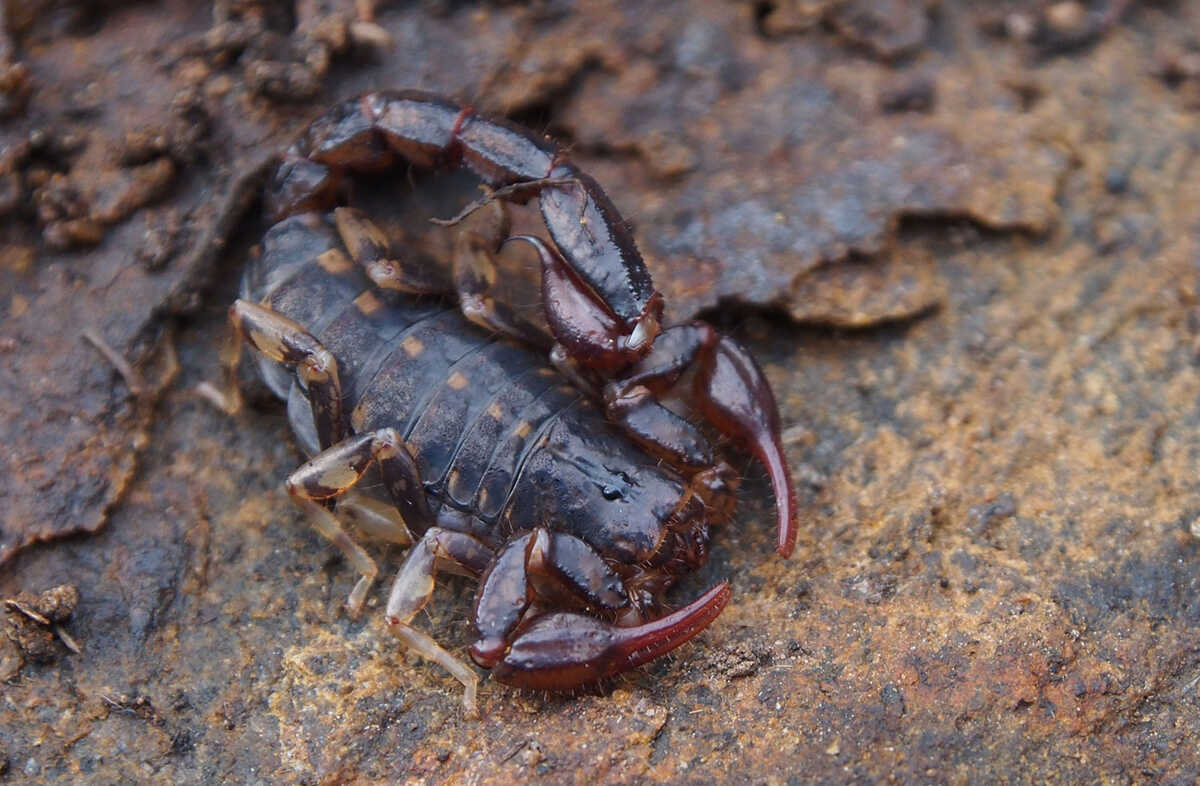
Found under logs, rocks and in shallow burrows in earth banks. Can inflict painful sting.
Photo by Black_Claw CC BY
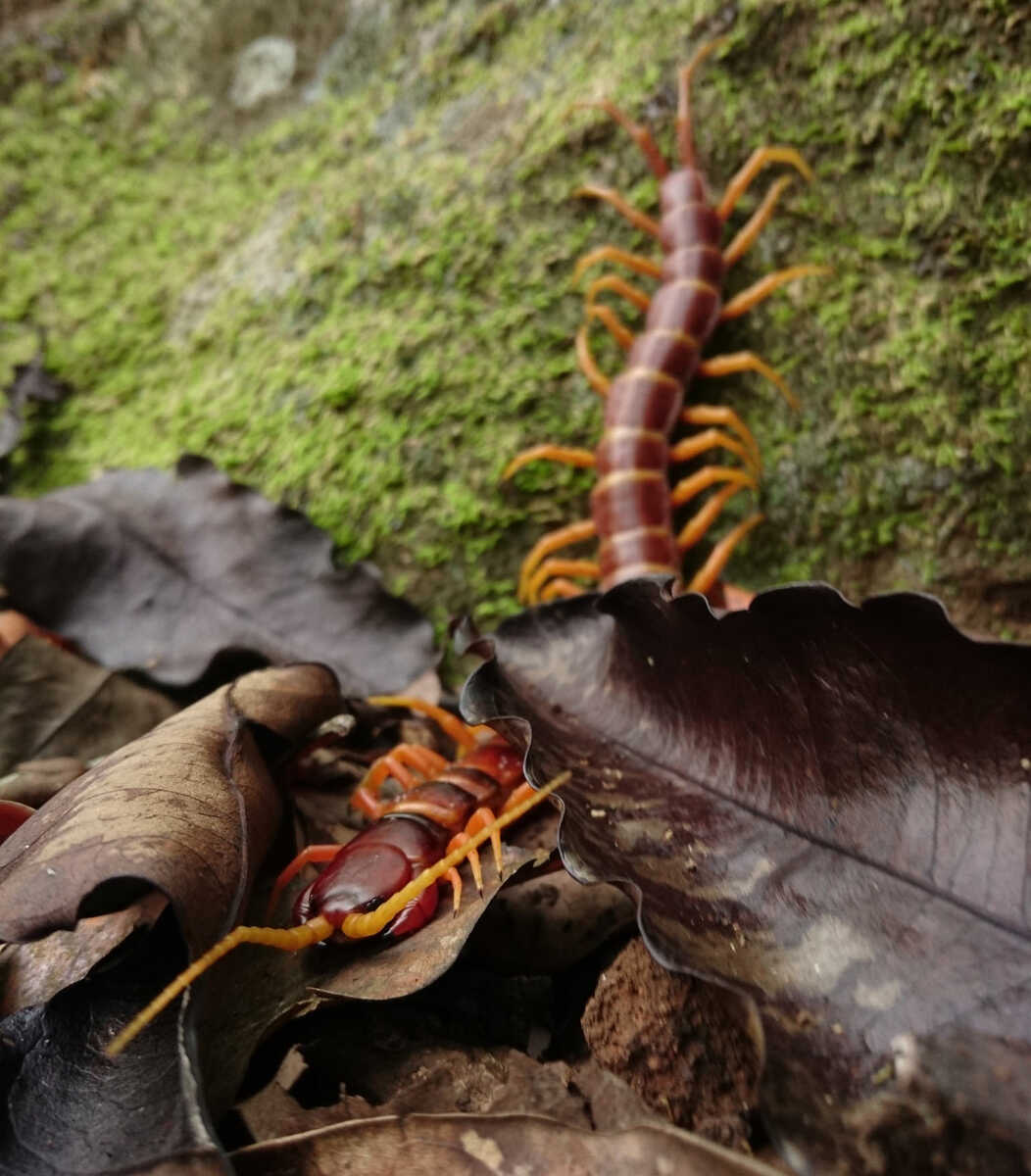
Australian Lepidoptera (moths and butterflies) have caterpillars with stinging hairs and/or fragile spines which can cause painful stings to people that accidentally touch them.
Photo by dhobern CC BY
